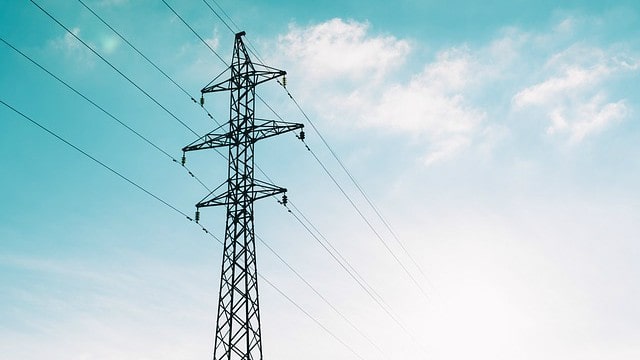The push to clean, renewable sources of electricity is gaining considerable momentum in Canada. In late May 2018, Minister of Natural Resources Kim Rudd announced that Canada would be joining the International Renewable Energy Agency (IRENA), while the federal government remains focused on transitioning Canada to a low-carbon future.
That includes the introduction of a carbon pricing regime at federal level, which will cover all provinces. This will act as a powerful tailwind for renewable electricity utilities operating in Canada, because coal-fired power generation is viewed as one of the largest carbon emitters and is being progressively phased out. The recent pullback in the price of renewable energy utility Hydro One Ltd. (TSX:H), which is down by 11% of the year to date, has created an opportunity for investors.
Now what?
Hydro One’s decline in value was triggered by two events: the recent victory of the Progressive Conservatives in the Ontario general election and rising interest rates.
The victory of Conservatives in Ontario has cast considerable uncertainty over the utility’s future because of the disdain Progressive Conservative leader Doug Ford has shown for the business and its current management. As part of his campaign platform, Ford was calling for the company’s CEO and board to resign. Whether the premier designate can successfully achieve that aim is questionable.
Nonetheless, a hostile government, which is also a minority shareholder in Hydro One, doesn’t bode well for the business’s outlook over the short to medium term.
There are emerging signs, however, that there will be no major changes to Hydro One’s operations and that the utility will be able to continue unlocking value for investors over the long term.
The other major trigger is fears of how rising interest rates will affect Hydro One’s profitability and balance sheet. This is because of the large amounts of capital required to build, maintain and operate power-generating assets is usually obtained through debt financing. That means as rates rise, the cost of debt increases, impacting a utility’s profitability.
However, investors need to consider that even after recent rate hikes, Canada’s headline rate of 1.25% is less than a third of what it was prior to the 2008 financial crisis. This means it will be some time before interest rates reach a level where they will be harmful to the profitability of electric utilities.
In the case of Hydro One, this is further underscored by its relatively low level of long-term debt, which, at the end of the first quarter 2018, came to $9.7 billion, or a moderate six times operating cash flow. For the same period, Hydro One’s financing charges were a manageable $88 million, which was a mere quarter of its gross profit. That means there would need to be a significant jump in rates before there would be a marked financial impact on Hydro One’s results.
Furthermore, the impact of higher interest rates, which are usually the result of greater economic growth, will be offset by improved earnings.
You see, there is a recognized correlation between a stronger economy and greater demand for electricity. That becomes clear when considering Hydro One’s first-quarter results, where adjusted earnings per share came to $0.35, which was 25% higher than for the same period in 2017.
So what?
While the short-term outlook for Hydro One is uncertain, the market’s perception of risk appears overbaked. That means the sharp decline in its share price over recent weeks has created an opportunity for investors seeking a stable income-producing stock, which is paying a sustainable dividend that yields just over 4%.








